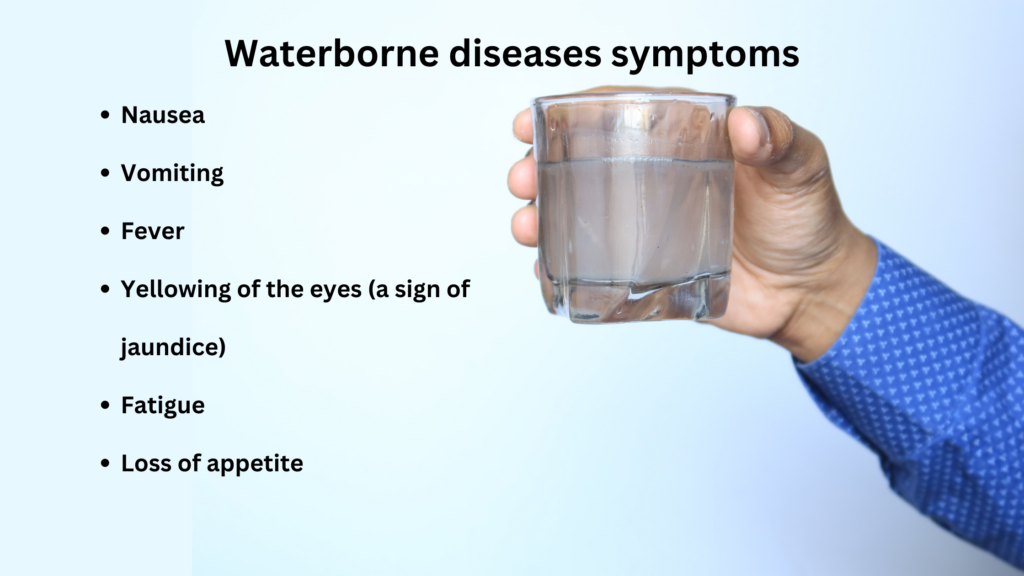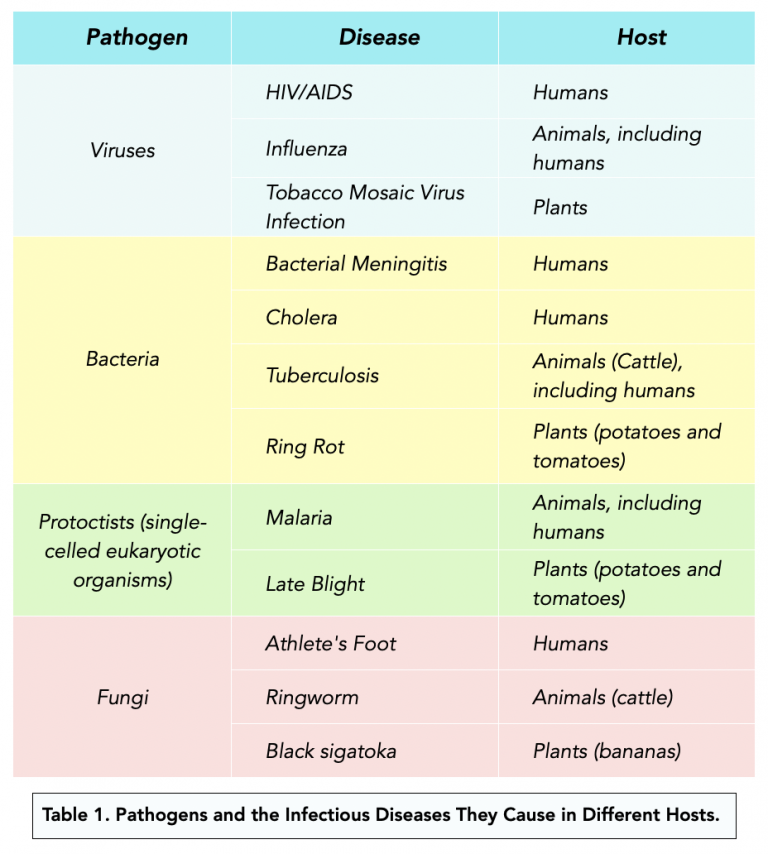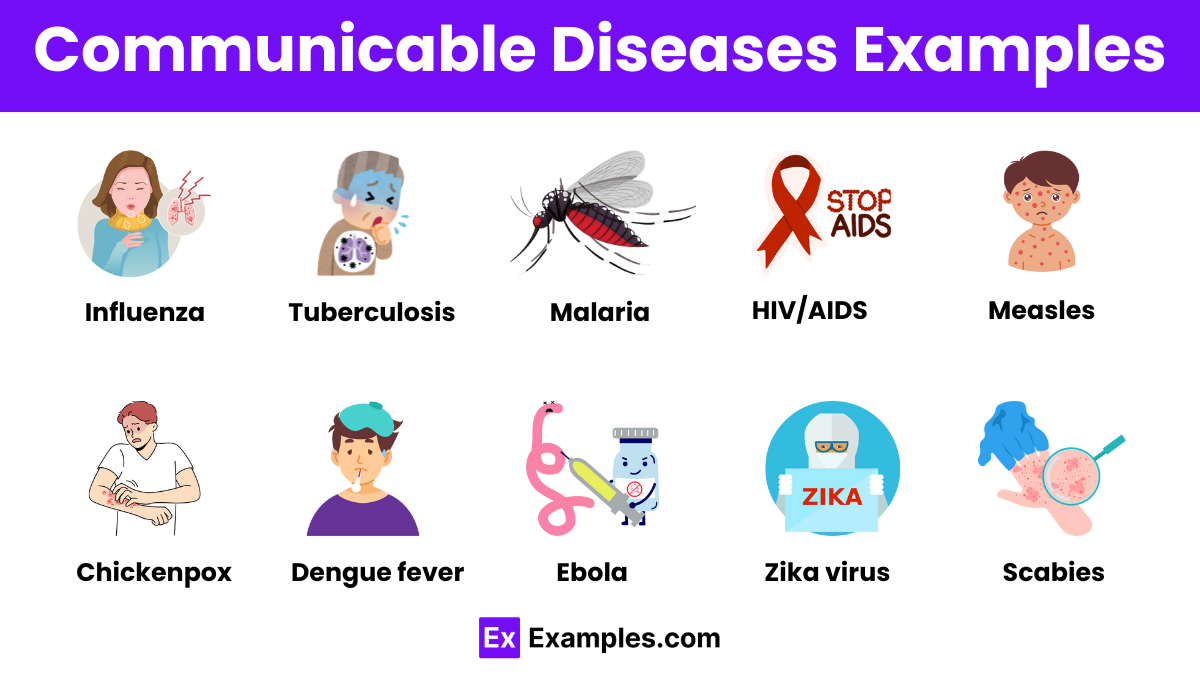Which Of The Following Explains A Sign Of Disease

The human body constantly communicates, offering subtle and sometimes overt signals about its state of well-being. Understanding these signals, often referred to as signs, is crucial for early disease detection and timely intervention. But discerning a true sign of disease from a normal bodily variation can be challenging, prompting ongoing efforts to refine diagnostic tools and improve public health literacy.
This article explores the distinction between signs, symptoms, and normal bodily functions. It also provides insight into how healthcare professionals utilize observable indicators to determine potential underlying health issues. This information aims to empower individuals with knowledge to proactively manage their health and seek appropriate medical attention when necessary.
Signs vs. Symptoms: Understanding the Difference
The terms "sign" and "symptom" are often used interchangeably, but in the medical field, they have distinct meanings. A sign is an objective indication of a disease that can be detected by someone other than the affected individual, such as a doctor during a physical examination. Examples include a fever, rash, or elevated blood pressure.
In contrast, a symptom is a subjective experience reported by the patient. Symptoms cannot be directly observed by others. Common symptoms include pain, fatigue, and nausea.
The Mayo Clinic emphasizes the importance of differentiating between these two categories. Accurate reporting of symptoms combined with the identification of objective signs forms the foundation for effective diagnosis.
Observable Indicators: What Constitutes a Sign?
So, what specifically constitutes a sign of disease? Several factors differentiate a sign from normal bodily variations. First, a true sign represents a deviation from the body's typical physiological state.
Second, it's usually consistently present or recurring. Finally, it often correlates with other signs or symptoms, painting a broader picture of a potential illness.
Observable changes in skin, such as jaundice (yellowing of the skin and eyes), are classic signs. Jaundice often indicates liver dysfunction. Likewise, unexplained weight loss can be a sign of various underlying medical conditions, including cancer or thyroid disorders.
Doctors at Johns Hopkins Medicine note that observable changes in vital signs like heart rate and respiratory rate can also signal disease. An unusually rapid or slow heart rate, or difficulty breathing, warrants immediate medical attention.
The Importance of Context and Medical Expertise
It's vital to recognize that not every observable change automatically signals disease. The context in which a sign appears is crucial. For example, a slightly elevated body temperature after strenuous exercise is likely a normal physiological response, not necessarily a sign of infection.
Furthermore, interpreting signs of disease requires medical expertise. A healthcare professional possesses the knowledge and training to assess various signs in conjunction with symptoms, medical history, and diagnostic tests. This comprehensive approach is necessary to reach an accurate diagnosis.
Self-diagnosis based solely on observed signs can be misleading and potentially harmful. Consulting a doctor is crucial for proper evaluation and management.
Examples of Significant Signs
Some signs are considered particularly significant because they often indicate serious underlying health problems. Persistent, unexplained swelling (edema), especially in the legs or ankles, can be a sign of heart failure, kidney disease, or liver disease.
Another concerning sign is the sudden onset of neurological symptoms such as weakness on one side of the body, difficulty speaking, or vision changes. These symptoms suggest a stroke and necessitate immediate emergency medical care.
According to the National Institutes of Health (NIH), changes in bowel habits, such as persistent diarrhea or constipation, or the presence of blood in the stool, can be signs of gastrointestinal disorders, including colon cancer. Early detection is often associated with improved outcomes.
Empowering Individuals Through Education
While self-diagnosis is discouraged, increasing public awareness of potential signs of disease is paramount. Educating individuals empowers them to be more proactive in their health management. Understanding the difference between a normal bodily function and a possible sign of disease encourages timely consultation with healthcare providers.
Public health campaigns can play a crucial role in disseminating this information. Campaigns should focus on raising awareness about common signs of specific diseases. The aim is to encourage individuals to seek prompt medical attention when they observe concerning changes in their body.
Early detection of disease often leads to more effective treatment options and better overall health outcomes. Therefore, fostering a culture of health literacy is an investment in the well-being of society.
Conclusion
Differentiating between a true sign of disease and normal bodily variation is essential for maintaining optimal health. While individuals should not attempt to self-diagnose, understanding the potential significance of observable changes can empower them to seek appropriate medical attention.
Consulting a healthcare professional for evaluation of any concerning signs remains paramount for accurate diagnosis and effective treatment. Prioritizing early detection and timely intervention contributes to improved health outcomes and overall well-being.
Ultimately, increased awareness and collaborative efforts between healthcare providers and the public are key to harnessing the power of signs in promoting better health for all.

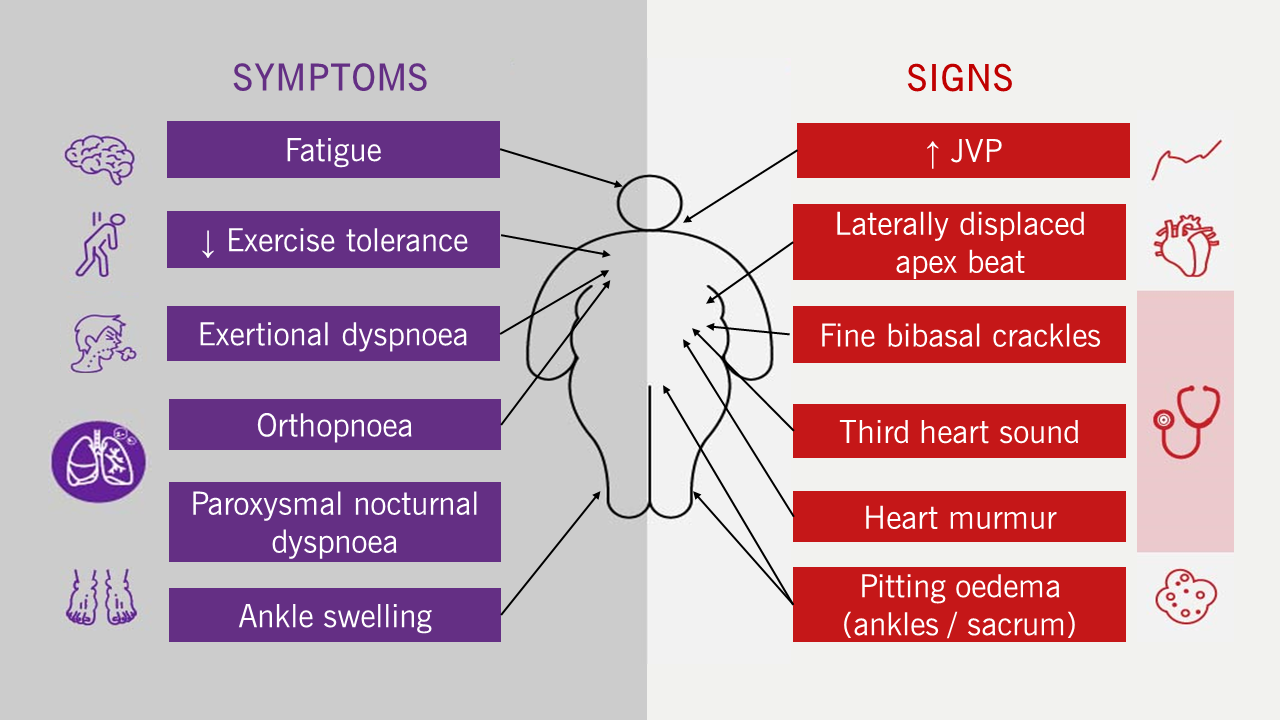

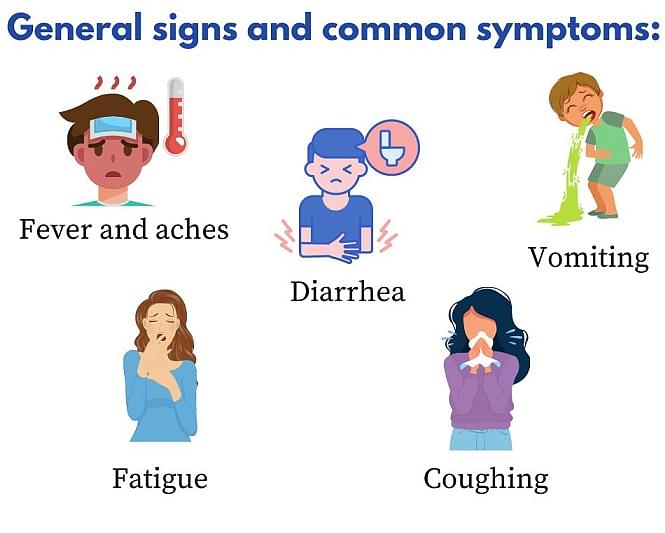



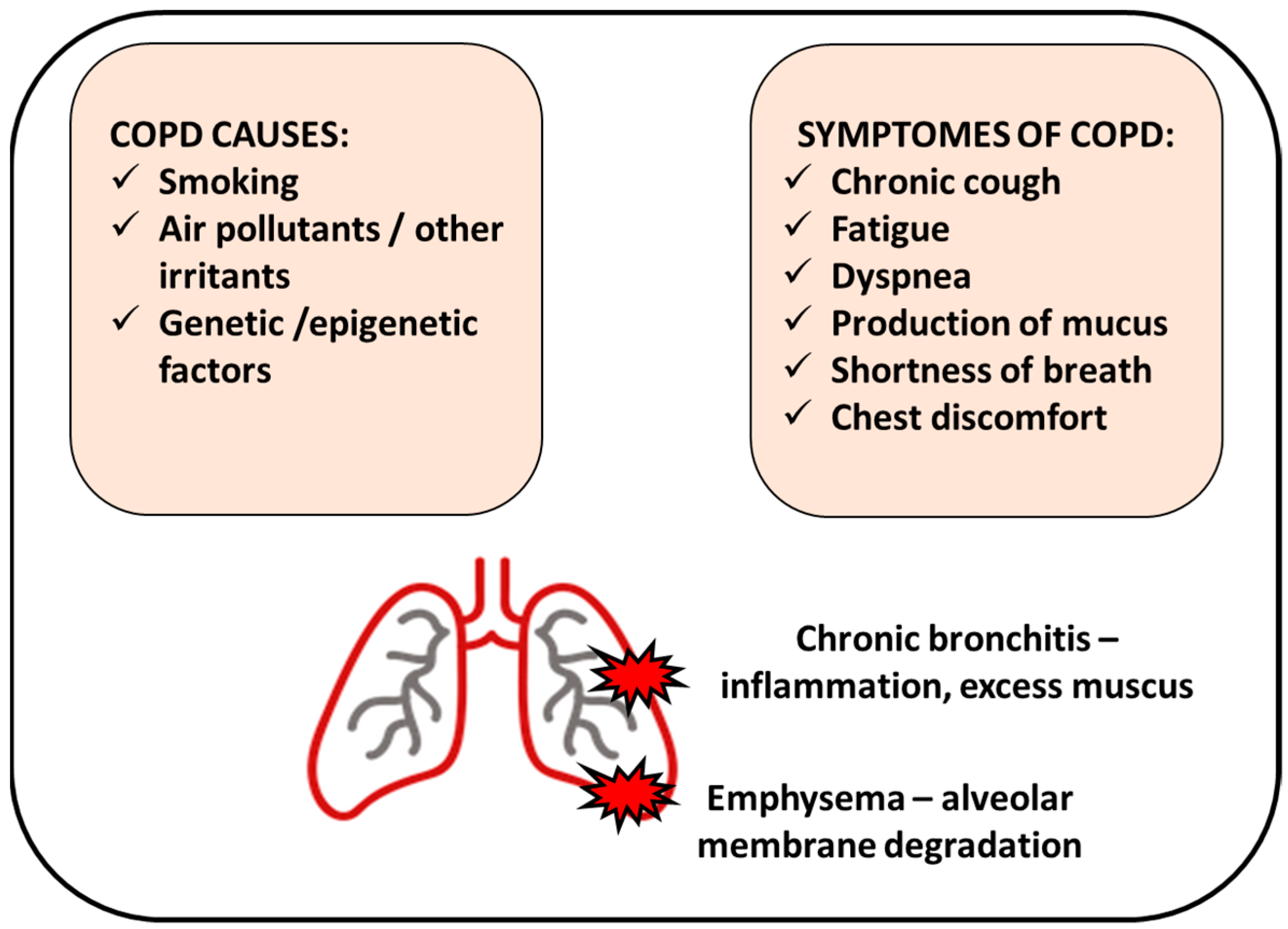

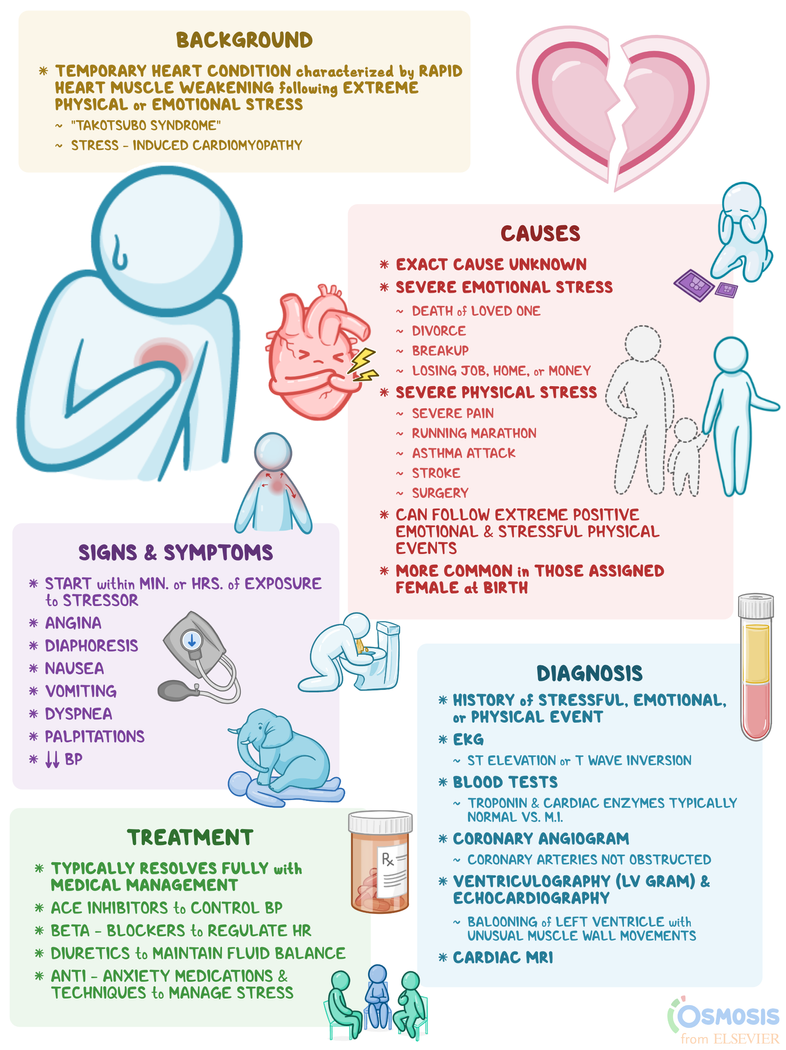
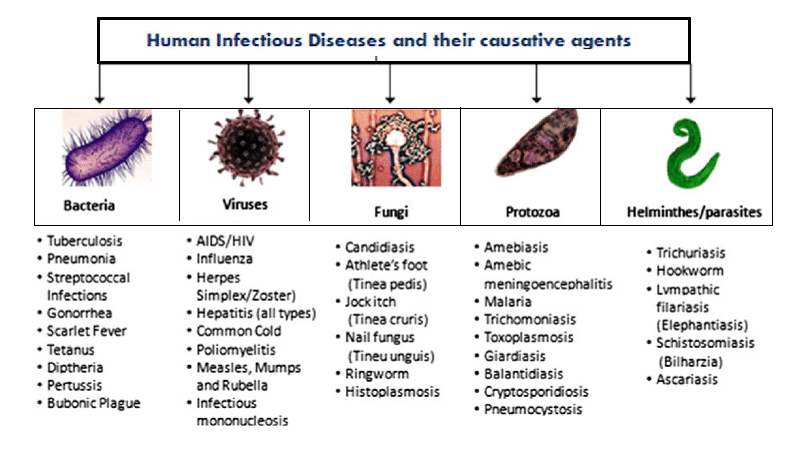

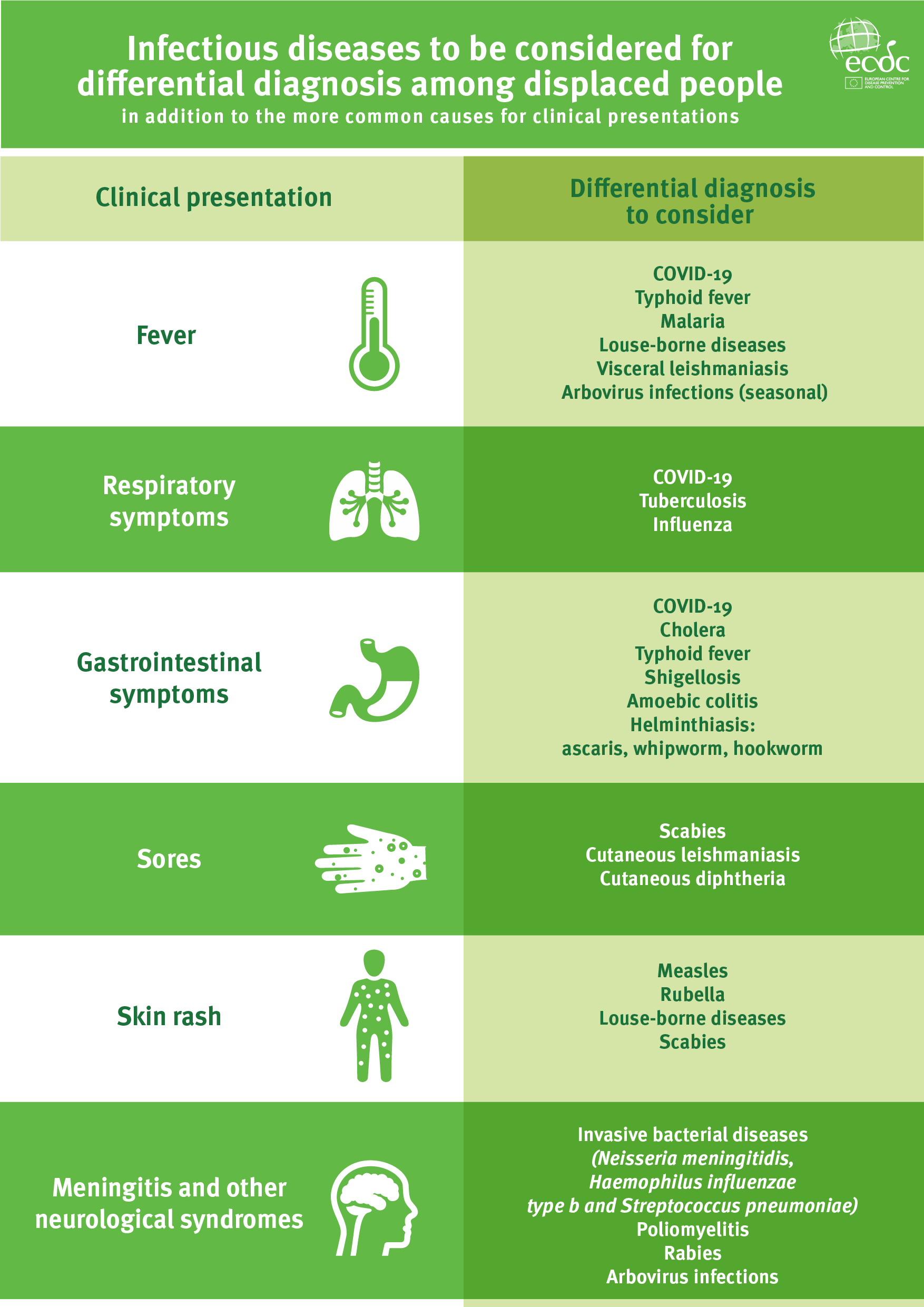
:max_bytes(150000):strip_icc()/heart-disease-symptoms-5b0d5b648e1b6e003e6a3347.png)
